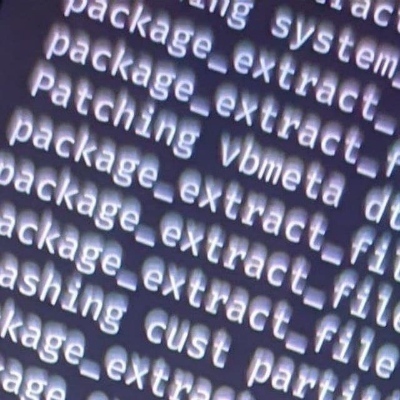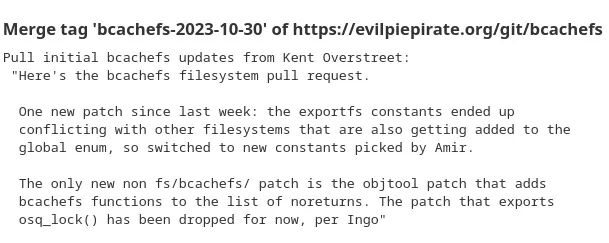I’m really excited for this. If it lives up to the hype I think it could become the defacto filesystem some day.
BTRFS, despite being a great filesystem, got a bad rep mostly due to its poor RAID5/6 implementation. It also lags behind in performance in many configurations and has been mostly relagated to a specialty filesystem. While it could make a great root filesystem few distros have adopted it as such.
ZFS has been similarly pigeon holed. It’s typically only used for building large arrays because it’s not very safe when used on a single device (edit: After some research this may not be true and is probably outdated or incorrect info stuck in my head) . It also lacks a lot of the flexibility of BTRFS, though you could say it trades flexibility for reliability.
bcachesfs on the other hand feels like it has the potential to be adopted as a root file system while also providing replication, erasure coding, high performance and snapshots; something that no filesystem has managed to date, at least on a wide scale.
ZFS was pigeonholed? That’s news to me. It’s used on datacenter storage solutions everywhere.
I was referring to its lack of use as a root filesystem. It’s primarily used for large storage arrays both at home and in data centers.
It’s not a great choice for everyday use, that’s why. It’s a fine solution for scaled storage that makes it more performant on large disk arrays though.
Why though? I daily-drive it on multiple machines. The native encryption and ZFSBootMenu make it an awesome root fs. And incredibly easy to use with the way it handles mount points.



